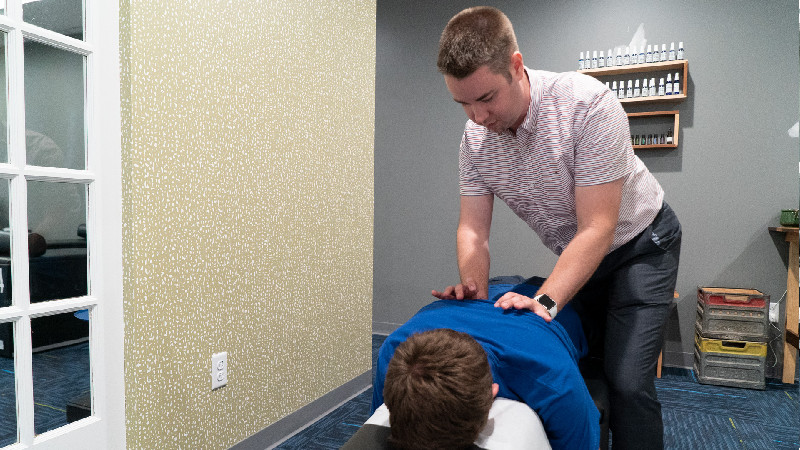Having your home tested for radon is a good preventive measure. In case radon levels are beyond the recommended level, you could take steps to fix the problem right away – improving the safety and protection of your loved ones. Radon testing mistakes could get in the way, though. Here are a couple of things you’ll want to keep in mind:
Thinking radon levels aren’t high
A lot of home owners don’t worry about whether they have radon levels in their home or not. Plenty believe they don’t, but that kind of complacency can be a mistake. By having your home tested, you’ll know if you have radon and if it’s well below safe levels or not.
Thinking it isn’t a serious problem
Some homeowners have their homes tested only to find out that the radon levels in their basement are twice the normal amount. Unwilling to put up with the costs, they simply ignore the problem. However, research says that lung cancer caused by radon exposure already kills about 21,000 Americans on an annual basis, according the Reader’s Digest. If you don’t want to subject yourself and your family to the kind of damage and harm this radioactive gas is capable of, conducting radon testing in your home is a good start to fixing the problem.
Rushing through testing
There are two types of test kits you can use. Short-term kits last for about 2 to 7 days and long-term last for 90 days or more. Testing takes a while, so don’t rush it. If you do, you’ll get inaccurate results and need to start again.
Doing it on your own
If your home turns out to have high radon levels (higher than 4pCi/L), you’ll need to install a radon mitigation system. Leave the installation to a professional technician to ensure safer and better results. For more information, contact the professionals at S.W.A.T. Environmental for help.


